Fenugreek is believed to originate from India and Northern Africa, and in the Indian Ayurvedic pharmacopoeia its use is known as an aphrodisiac and a cure for digestive and respiratory conditions related to phlegm
Fenugreek or Fenugreek Greens
Did you know that Fenugreek, called Menthya in Kannada, Methi in Hindi, had the dubious claim in Rome, in an old wives tale, that roasted fenugreek seeds were consumed by harem women to increase buxomness?
Did you know that Fenugreek is believed to originate from India and Northern Africa, and in the Indian Ayurvedic pharmacopoeia its use is known as an aphrodisiac and a cure for digestive and respiratory conditions related to phlegm?
Did you know that Czech girls wore tiny bunches of fenugreek around their necks due its quality as a good deodorant which was extremely useful when sanitary conditions were poor and baths very rare?
Fenugreek, known by its Latin name Trigonella foenum-graecum, is an annual (as it germinates flowers, sets seed and dies in one season) plant that belongs to the family Fabaceae.
Its suffix ‘foenum-gracesum’ was given as an epithet by the Romans as it was a very common Greek Plant. It was also called ‘ox horn’ or ‘goat horns’ because of the two seed pods projecting in opposite directions that look like ox or goat horns. It has a strange claim in Rome, in an old wives tales, that roasted fenugreek seeds were consumed by harem women to increase buxomnes. It is also known as Fenugreek Greens (menthya soppu in Kannada). It is mainly grown for its leaves and seeds.
Fenugreek's historical usage is very ancient, traced to Egypt, Rome, eastern Europe, Ethiopia, and India. It is cultivated extensively in all regions of India and in Mediterranean countries. It was cultivated in ancient Asyyria during the 7th century BC. Early medical records in ancient Egypt (about 1500 BC) reports its use in helping with childbirth and increasing breast milk production, and it is still used to relieve menstrual cramps. Ayurvedic texts mention its use as an aphrodisiac and to cure digestive and respiratory conditions related to phlegm.
Fenugreek thrives in areas with fertile, well-drained soil that provide plenty of sunlight. It does not tolerate frost. People cultivate fenugreek as a source of food. India, Afghanistan and Pakistan are the biggest producers of fenugreek in the world. In India, a major producer of fenugreek, over 80% of India's output is from Rajasthan.
In India, Fenugreek leaf or greens, the most popular leafy vegetable used for its versatile qualities, is labelled by many vernacular names such as: Methi in Hindi; menthya (ಮೆಂತ್ಯೆ) and menthya soppu (ಮೆಂತೆ ಸೊಪ್ಪು) in Kannada; Uluva in Malayalam; Vendayam in Tamil; menthiguti in Assamese; menthulu is Telugu; and Bahuparni, Gandhaphala in Sanskrit. It is called as Greek-clover in English, 'menthe verte' in French, and Hebrew name 'tiltan'.
Fenugreek plant is seen growing in areas such as field verges, uncultivated ground, dry grasslands, also exclusively as a cultivated plant for its leaves and seeds. It prefers a well-drained loamy soil in full sun. It is cultivated worldwide as a semiarid crop. The plant grows as an erect stem, reaching 2 to 3 feet in height. The leaves are alternate, compound, trifoliolate, 7-12 cm long, light green in colour. Flowers lemon-yellow or purplish blue in colour contain both types of reproductive organs (perfect flowers). blooms during the summer, 110 to 120 days after planting. Harvest of ripe pods takes place 30 to 35 days after flowering. The fruits occur as straight or sickle-like pods of 2-10 cm, green-olive or brownish in colour with each fruit containing 10-20 seeds. The plant is propogated through seeds and cuttings; seeds are pre-soaked for 12 hours in warm water and then sown in situ. It has the distinctive maple syrup smell due the presence of Sotolon the chemical in it.
The leaves and cuboid-shaped, yellow- to amber-coloured seeds of Fenugreek plant are widely used in Indian cuisine. Seeds are used in both whole and powdered in the preparation of pickles, vegetable dishes, dal, and spice mixes such as 'panch phoron' and sambar powder. The seeds are often roasted to reduce inherent bitterness and to enhance flavour. It is used as a herb (dried or fresh leaves), spice (seeds), and vegetable (fresh leaves, sprouts, and microgreens). Menthya is said to be a great natural hair conditioner; a fistful of menthya seeds soaked overnight, grinded to a smooth paste the morning, and applyed to the hair.
In the USDA Nutrient Data Base fenugreek greens has been acknowledged as an excellent sources of iron. Other minerals present in fenugreek greens in large percentage are calcium and Magnesisum, β-carotene and several vitamins. It is also rich in Vitaminc C and Vitamin A. They are also rich in anitoxidants and deity fibre. Its regular consumption in some form alleviates indigestion and constipation, and also stimulates spleen and liver function. It enhances the metabolism in the body and rescues fat deposits. It is also used as an astringent and laxative. Also good for hair growth. Its water soluble fibres helps in prevent heart diseases as also diabetes and heart stroke. It enhances breast milk in lacating mothers. Relieves inflammation in the body. Powders may also be used as a topical medication or dressing for skin wounds or eczema.
Fenugreek is also used as flavoring agent for industrially manufactured vanilla, maple syrup and rum. Fenugreek is still used as animal fodder in some parts of Europe and Africa. It is now marketted widely in the form of herbal supplements.
However, use of Fenugreek is not devoid of risks. It is said that its use is likely not safe for use during pregnancy as it may have abortifacient effects. Its use could cause allergic conditions in some people including those with peanut allergies or chickpea allergies.
Thus, the historical background of Fenugreek is as one of the oldest known medicinal plant that has been documented in ancient religious scriptures, herbal publications, travel records, and anecdotes dating back in human history.
- Narasipur Char

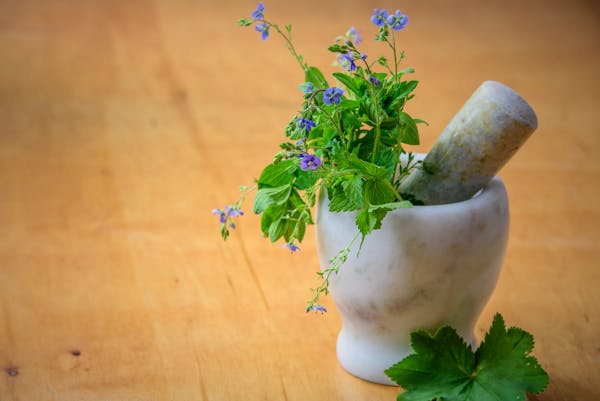
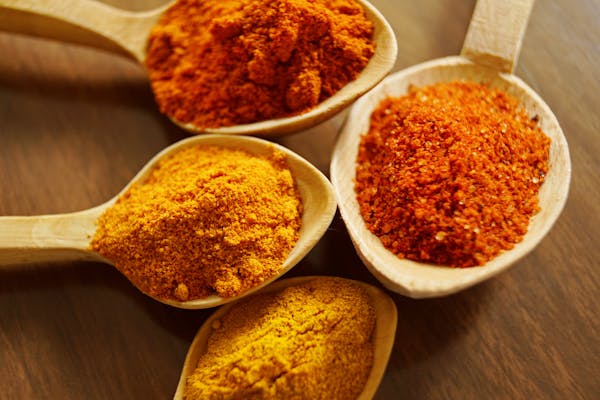
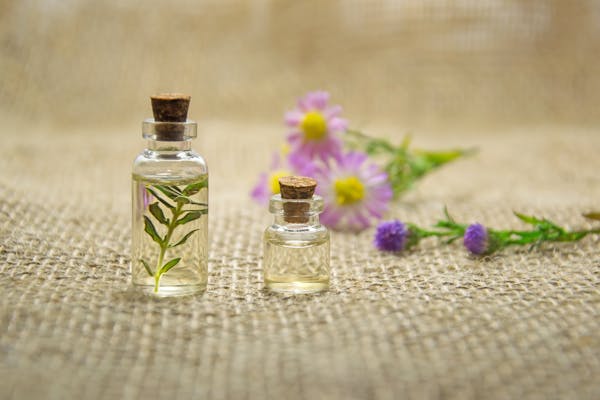

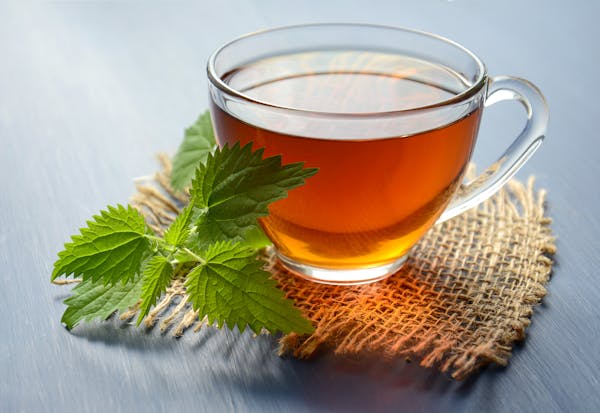
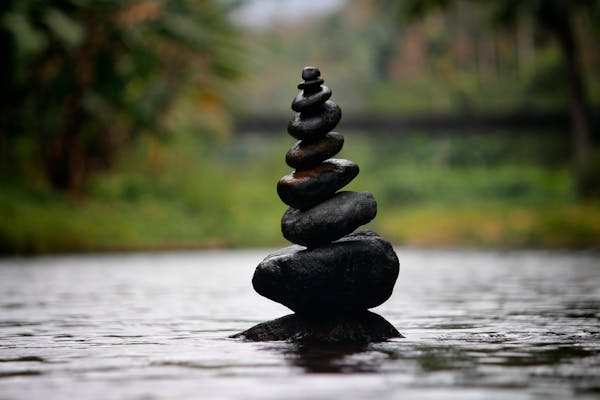











No comments:
Post a Comment